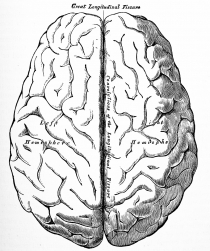
Two recent studies suggest that medications that activate a pair of opioid receptors may weaken cocaine users’ drive to take the stimulant. Researchers believe this "opens new vistas on the treatment of cocaine addiction."
Scientists observed that, in previous studies with animals and people, the opioid treatment medication buprenorphine sometimes appeared to reduce cocaine intake, but only when given in high doses. Research also suggests that buprenorphine partially activates both the mu opioid receptor and the nociceptin opioid receptor — in high doses only. Following up on these clues, the authors of the new study showed that rats trained to self-administer cocaine took less of it when treated with compounds that activate the two receptors simultaneously and with roughly equal potency. Compounds that blocked either of the receptors, or activated them unevenly, had no impact on the animals’ cocaine self-administration.
Advancing this idea, another team of researchers tested a new medication that activates both receptors and found that it comparably reduced rats’ cocaine self-administration. The medication, cebranopadol, is currently in clinical trials as a pain reliever. The researchers now propose that cebranopadol is a promising candidate for treatment of cocaine addiction.
Studies:
- Kallupi, M. et al. Buprenorphine requires concomitant activation of NOP and MOP receptors to reduce cocaine consumption. Addiction Biology.
- Shen, Q. et al. Cebranopadol, a Mixed Opioid Agonist, Reduces Cocaine Self-administration through Nociceptin Opioid and Mu Opioid Receptors. Front. Psychiatry.